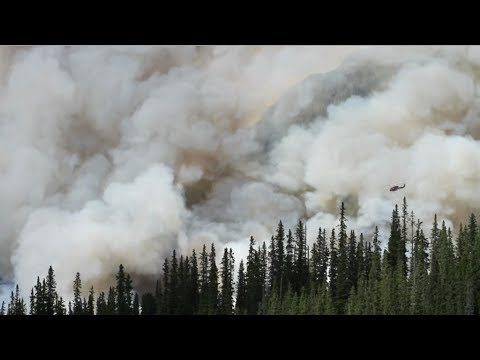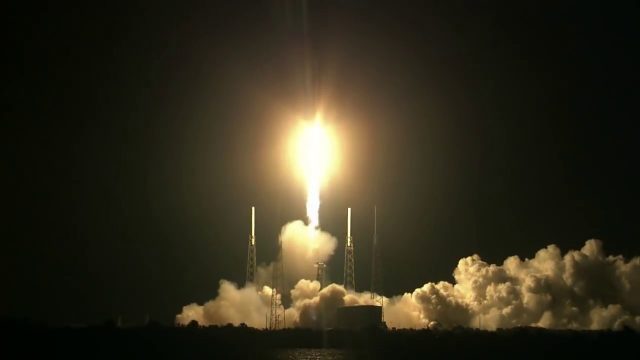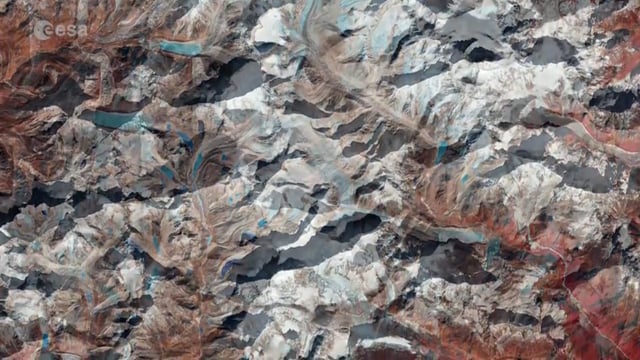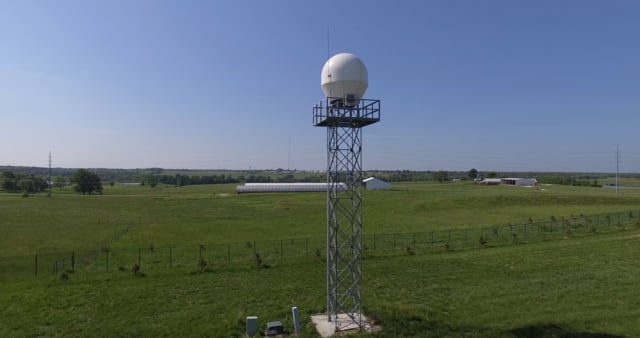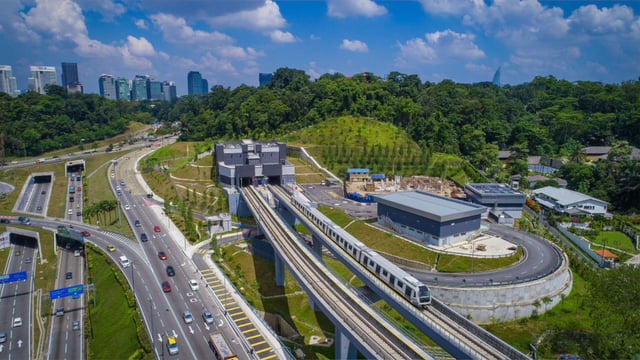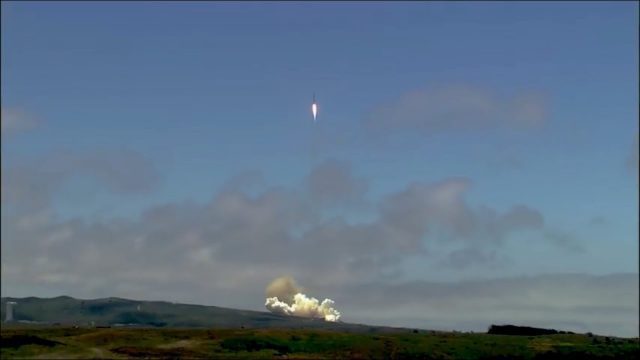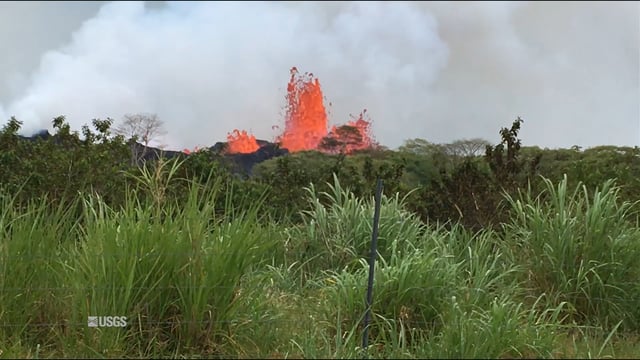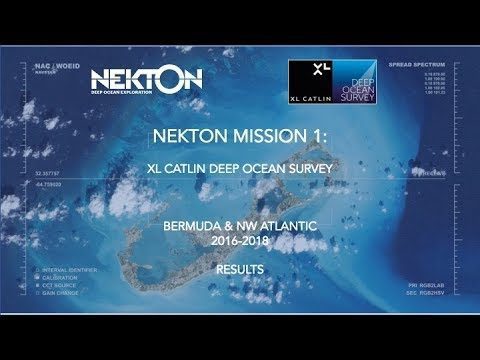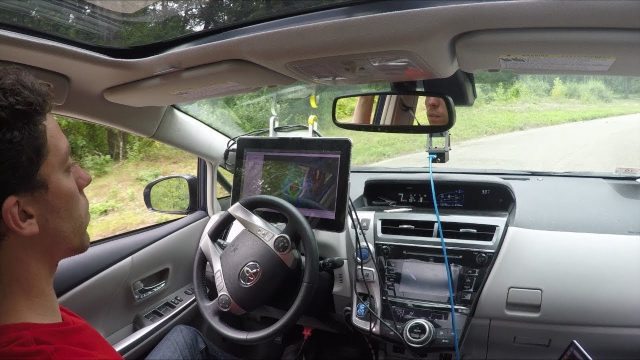Browse Archives
NASA Rainfall Data and Global Fire Weather
0 Views0 Comments0 Likes
The Global Fire WEather Database (GFWED) integrates different weather factors influencing the likelihood of a vegetation fire starting and spreading.
SpaceX CRS-15 Liftoff
0 Views0 Comments0 Likes
The SpaceX CRS-15 Falcon 9 rocket lifts off from Space Launch Complex 40 at Cape Canaveral Air Force Station, sending a Dragon spacecraft on the company's 15th commercial resupply services mission to the International Space Station.
Circle of Blue: Where Water Speaks
0 Views0 Comments0 Likes
In a disruptive era, when risks are becoming realities, Circle of Blue reports from the front lines.
Earth from Space: Mount Makalu
0 Views0 Comments0 Likes
Sentinel-2 takes us over Mount Makalu in the Himalayas where Swedish explorer, mountaineer and climate campaigner, Carina Ahlqvist, led a climb this year.
Radar Making Rainfall Forecasts More Accurate
0 Views0 Comments0 Likes
Researchers from the University of Missouri have developed a system that improves the precision of forecasts by accounting for evaporation in rainfall estimates, particularly for locations 30 miles or more from the nearest National Weather Service radar.
Is Asia Now the Center of Gravity for Infrastructure?
0 Views0 Comments0 Likes
Several members of the Bentley Systems team at the 2017 Year In Infrastructure event held Oct. 10-12, 2017, in Singapore, discuss whether Asia now is the center of gravity for infrastructure.
GRACE-FO Launches Aboard a SpaceX Falcon 9
0 Views0 Comments0 Likes
The Gravity Recovery and Climate Experiment Follow-on, or GRACE-FO, a collaboration between NASA and German Research Centre for Geosciences (GFZ), launched from Vandenberg Air Force Base on California's Central Coast on May 22, 2018.
Kīlauea Volcano’s Lower East Rift Zone
0 Views0 Comments0 Likes
This video from May 21, 2018, shows how splashing and spattering lava builds cones around fissure sites in Kīlauea Volcano's lower East Rift Zone.
Nekton Mission I – Discovering the Rariphotic Zone
0 Views0 Comments0 Likes
Results from Nekton Mission I – the XL Catlin Deep Ocean Survey confirms the discovery of a new zone in the ocean, the Rariphotic Zone (Rare Light Zone) from 130 meters to 300 meters. The Rariphotic Zone is the fourth zone confirmed in the top 3,000 meters of the ocean, each defined by distinct biological communities living at different depths.
Self-Driving Cars for Country Roads
0 Views0 Comments0 Likes
A team from MIT's Computer Science and Artificial Intelligence Laboratory (CSAIL) developed a way for autonomous cars to read and anticipate their local surroundings rather than relying on gigabytes of 3D map data.

